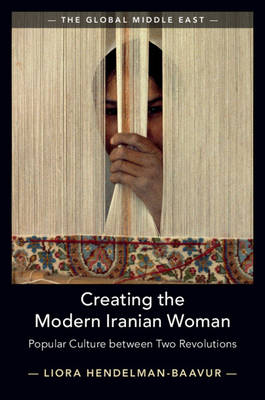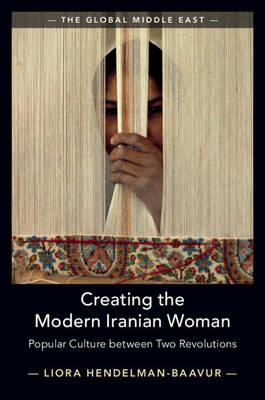
- Afhalen na 1 uur in een winkel met voorraad
- Gratis thuislevering in België vanaf € 30
- Ruim aanbod met 7 miljoen producten
- Afhalen na 1 uur in een winkel met voorraad
- Gratis thuislevering in België vanaf € 30
- Ruim aanbod met 7 miljoen producten
Zoeken
€ 209,45
+ 418 punten
Uitvoering
Omschrijving
Between the 1963 'White Revolution' and the 1979 Iranian Revolution, the position of women in Iran experienced a number of fundamental shifts. Policies and reforms were introduced, including land, suffrage, education and dress reforms which the Pahlavi regime claimed would advance the position of women and would lead to a swift modernisation of the country. In this book, Liora Hendelman-Baavur examines these changes, looking at the interactions between global aspects of modernity and notions of identity in Iranian popular culture. By focusing on the history of Iran's popular print media, with emphasis on women's commercial magazines, Hendelman-Baavur challenges familiar western assumptions about the complexities of Iranian popular culture. Her analysis situates Iranian women's magazines within their broader economic, social, political and cultural context, demonstrating how representations of the modern woman in Iranian popular culture were influenced by the intricate nature of cultural contact and exchange between Iran and the West.
Specificaties
Betrokkenen
- Auteur(s):
- Uitgeverij:
Inhoud
- Aantal bladzijden:
- 340
- Taal:
- Engels
- Reeks:
Eigenschappen
- Productcode (EAN):
- 9781108498074
- Verschijningsdatum:
- 7/11/2019
- Uitvoering:
- Hardcover
- Formaat:
- Genaaid
- Afmetingen:
- 152 mm x 229 mm
- Gewicht:
- 657 g

Alleen bij Standaard Boekhandel
+ 418 punten op je klantenkaart van Standaard Boekhandel
Beoordelingen
We publiceren alleen reviews die voldoen aan de voorwaarden voor reviews. Bekijk onze voorwaarden voor reviews.











